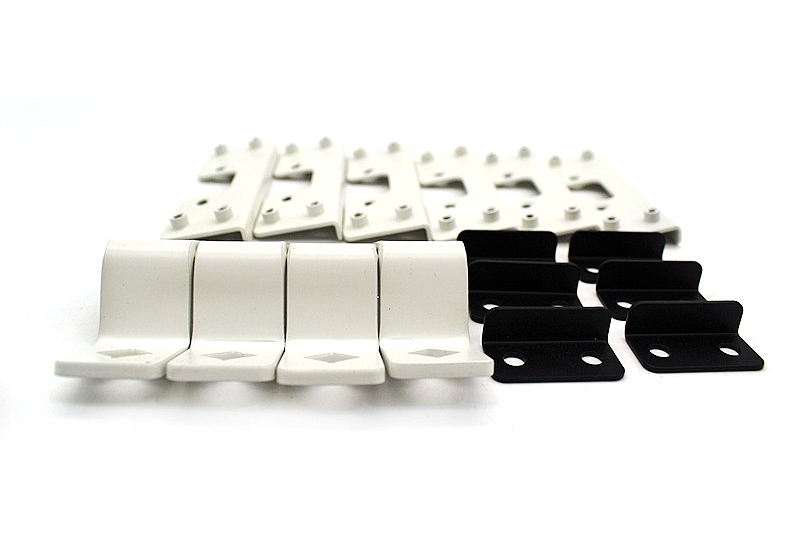How do automated metal bending solutions reduce production costs?
Introduction
Automated metal bending solutions use CNC-controlled press brakes, robotic arms, and intelligent sensing systems to streamline the forming process. As an engineer working with high-precision sheet-metal workflows, I consistently see how automation lowers manufacturing costs by improving accuracy, reducing labor intensity, minimizing material waste, and accelerating cycle times. These savings compound across production lines, especially when automated bending is integrated with upstream digital fabrication processes.
Reduced Labor Requirements and Human Error
Automation removes many of the variables associated with manual bending. Automated bending cells—built around processes such as metal bending—require fewer operators and eliminate common mistakes like misalignment, incorrect bend angles, or inconsistent pressure application. When parts originate from digital workflows such as laser cutting or broader sheet metal fabrication, automation ensures predictable transitions from flat pattern to final geometry with significantly lower rework rates.
Lower Material Waste Through Greater Accuracy
CNC automation optimizes tool movement, bend sequencing, and compensation for springback. This precision is especially important for high-value materials such as: • carbon steel • cast stainless steel • cast aluminum • magnesium alloy • nickel-based alloys like Inconel 600
Cutting scrap, reducing rejected parts, and avoiding over-bending or distortion directly translates to significant cost savings—particularly for industries that rely on expensive alloys.
Faster Cycle Times and Higher Throughput
With automated angle correction, real-time monitoring, and programmable task sequences, automated bending cells dramatically accelerate production speed. The system can switch quickly between jobs, especially when used in conjunction with flexible upstream manufacturing methods, such as prototyping or complementary forming techniques like sheet metal stamping. Consistent cycle times enable better scheduling, smoother workflow planning, and lower per-part cost.
Reduced Setup Time and Improved Repeatability
Manual bending requires tool changes, angle checks, and frequent adjustments. Automation minimizes these by storing bend programs for repeat production, thereby reducing the need for manual intervention. This is especially valuable for industries requiring strict dimensional tolerances, such as: • aerospace • telecommunication • power tools
Repeatability reduces the deviation between batches, simplifying quality control and reducing the need for frequent inspections.
Enhanced Surface Protection and Finishing Efficiency
Automation reduces part handling, decreasing the risk of dents, scratches, and abrasion—defects that often require rework or refinishing. When combined with post-processing options such as sandblasting and powder coating, automated forming supports smoother, more predictable finishing workflows. Fewer surface defects mean fewer corrective steps—saving both time and cost.
Better Integration With Digital Manufacturing
Digitally driven bending lines communicate with upstream CAD/CAM systems, improving shop-floor efficiency. Automation ensures that flat-pattern inputs, such as those from precision cutting or machining programs, convert into reliable bend sequences with minimal manual intervention. This integration tightens control over material flow and reduces bottlenecks across manufacturing cells.
Conclusion
Automated metal bending significantly reduces production costs by improving accuracy, reducing labor needs, minimizing material waste, and increasing throughput. When paired with high-quality materials, optimized fabrication steps, and reliable surface finishing, automation becomes one of the most impactful investments for any manufacturer aiming to reduce cost while maintaining precision.



